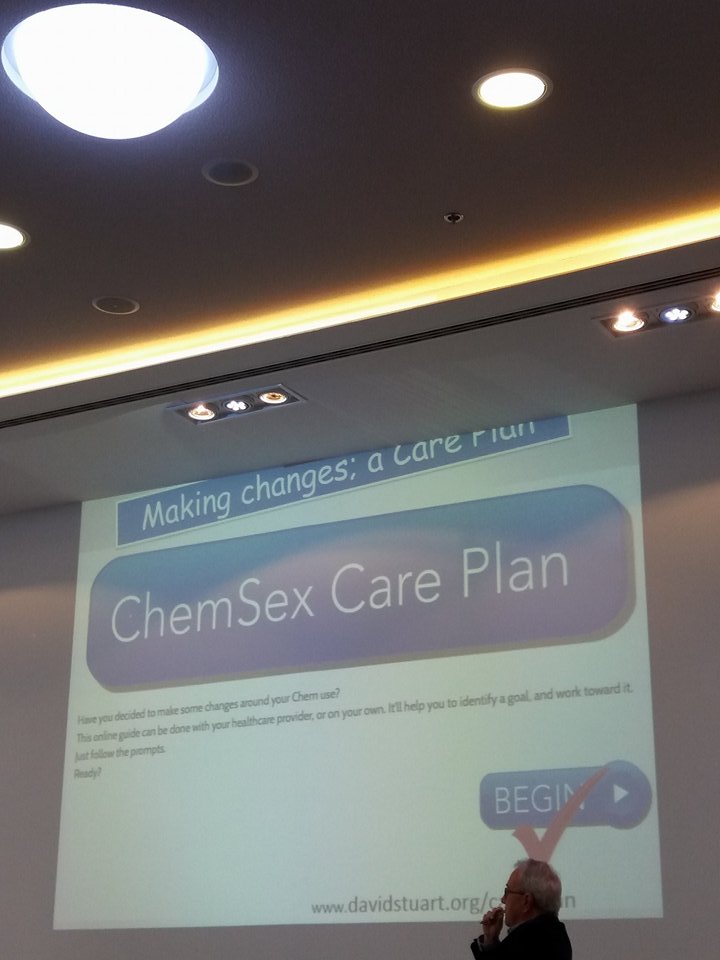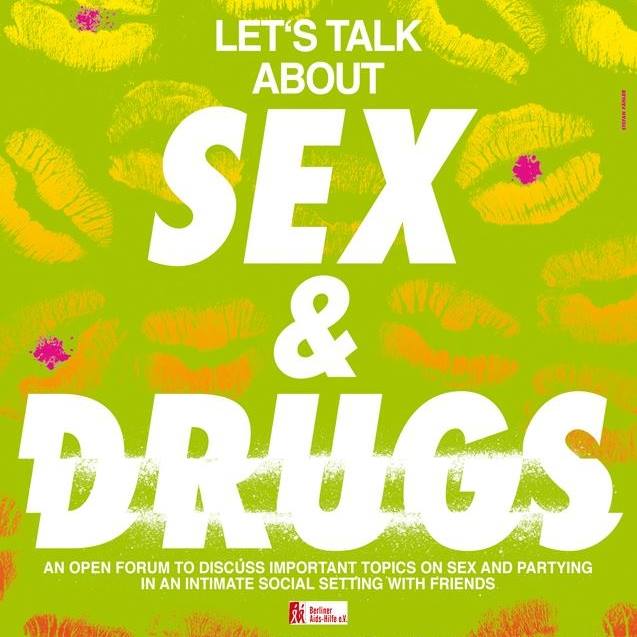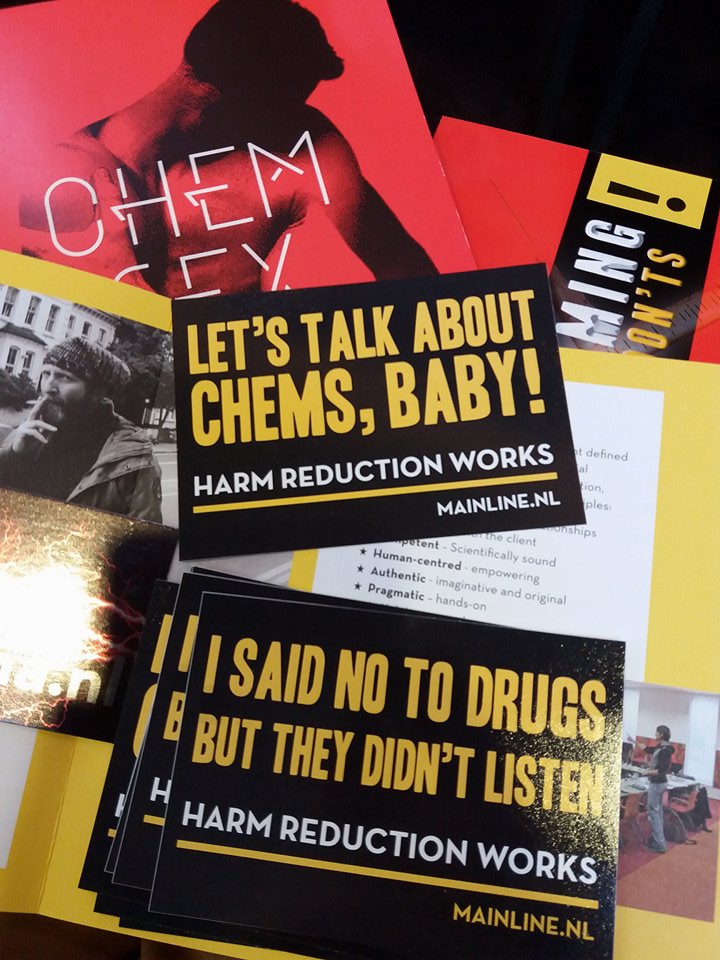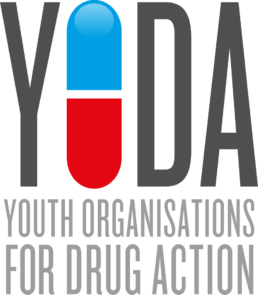Irena Molnar (YODA) went to the 2nd European ChemSex forum 2018 and shares her experience with us:
ChemSex as a term is used to define the use of drugs or alcohol for sex, although the mainstream media have either misunderstood it, or misappropriated for exciting headlines. ChemSex is a term used by Gay, Bisexual and Other Men who have Sex with Men (GBMSM) to describe sex that occurs usually under the influence of drugs, which are taken immediately before and/or during sexual session. It is recognized to be new emerging problematic practice among MSM population, although the practice itself it’s not so new after all.
What is ChemSex?
What is the ChemSex forum about?
The 2nd European ChemSex Forum happened in Berlin from 22nd to 24th of March. It acted as a call for concrete actions to provide strategic resources to ChemSex responders at the local level as well as to provide strategic resources to ChemSex responders. The aim was to develop a platform to engage in international, cross-sector, multi-disciplinary dialogue around ChemSex – defined by the use of specific drugs (“Chems”) in a sexual context – and facilitate coordinated responses to ChemSex issues in local communities where ChemSex related harm is a problem, regardless of its size and impact.
3 key work areas of the Forum this year were therapeutic responses, team building and information gathering while guiding principles and focus was on towards problematic ChemSex, not drug use and sex per se. It is recognised that various harms related to ChemSex are occurring, including HIV, hepatitis and co-infections, STIs, drug overdoses, depressions, rapes, and deaths and that our work should be to address those harms forthrightly, not make generalizations about drug use or sexual behavior.
A multidisciplinary and comprehensive approach
The forum took place over three days, where first day was training day on drugs and sexual experiences, risk assessment, models of behavioural change and introduction to motivational counselling, emphasising importance of multisectoral approach, community engagement and cultural competency. The following days were for data and evidence and community mobilisation which featured the latest data on ChemSex and workshops on multidisciplinary team building and information gathering. It opened a platform where different stakeholders, professional and individuals can exchange experiences and practices in order to better address the issues coming with this new emerging phenomenon. It hosted 250 people from 38 countries.
The Forum actively supported a multi-sectoral,interdisciplinary approach to the ChemSex issue by involving different actors, from clinicians to ChemSex Veterans including, but not limited to, harm reduction practitioners and drug policy activists, outreach workers and researchers.
New drugs, new problems
Stephan Vernes, one of the trainers at the training day, explained that problematic ChemSex started in the aftermath of the appearance of New Psychoactive Substances. These novel players made it more problematic and complicated after 2010 when synthetic cathinones, more specifically mephedrone, entered the market in France.
The discussion and understanding among trainees and trainers was that there was a general opposition, if not conflict, between treatment programs and harm reduction, where both sides often neglect the idea that one size doesn’t fit all. While for some the 12 step abstinence program is suitable, for others just harm reduction tools would be the most appropriate response to the presenting drug use patterns. The idea of cooperation and mutual understanding between the two is crucial and beneficial in creating the systematic approach in response to this pattern of drug use.
A great learning opportunity
Ivica Cekovski, former representative of HOPS to YODA, said that The 2nd European Chemsex Forum was a tremendous learning opportunity about the successes and challenges of the response to problematic ChemSex.
“It was, in my experience, one of the most interesting and resourceful events that offered crucial information about information gaps, as well as the health, social and legal dimensions around this rising phenomenon. We have very few, if any, information about the frequency of drug use in sexual context, in Macedonia, let alone proper interventions to support people in need. This is despite the fact that anecdotal evidence suggests that the situation might not differ a lot from other European countries. It is, therefore, urgent that we start talking about chemsex and commence with assessment of the needs which will help us design and conduct suitable and well-targeted programmes for the wellbeing of key populations.”

Inclusivity
As a woman I felt enormous support and openness to be included into discussion around personal MSM issues such as sex and drugs. Being something deeply intimate which does not personally affects me I owe enormous gratitude that I was offered a space and got chance to exchange ideas and experiences with so many amazing people. Everyone was supportive and openly shared knowledge so I could also better understand the phenomenon of ChemSex and make the steps in discussing systematic approach to respond to it. I am also very much thankful to be invited to be part of this forum which provided me with the tools and skills help me to address the needs of key affected population in my own country and the region. Sharing this knowledge among my peers and friends as well as through the YODA and other Networks is key for our younger colleagues in order to raise their capacities to be ready for the future challenges in the field.
Let’s talk about Gay Sex and Drugs

Side events during the Forum no doubt made the experience richer and brought us all closer together. “Lets talk about sex and drugs” – an open forum to discuss important topics on sex and partying in an intimate social setting- is designed to bring the community together to support each other in a safe space. This evening provides an open discourse in an intimate environment to openly discuss issues that affect our community in an honest and sociable way. It is an open format salon that features a rotating panel of writers, medical experts, activists, performance artists, drag queens, and community members that are engaged in promoting sexual health and openly talking about critical topics that can be uncomfortable or taboo for some people to address.

Check the UK page for Lets Talk about Gay Sex and Drugs and some videos from the events
Documentary part 1: Community
Documentary part 2: Connection
Documentary part 3: You’re not alone
ChemSex Monologues –

More links:
- Watch the Vice ChemSex documentary:
- Read more from Irena on her time in Berlin at the Chemsex Forum
- Chemsex: A history and definition

